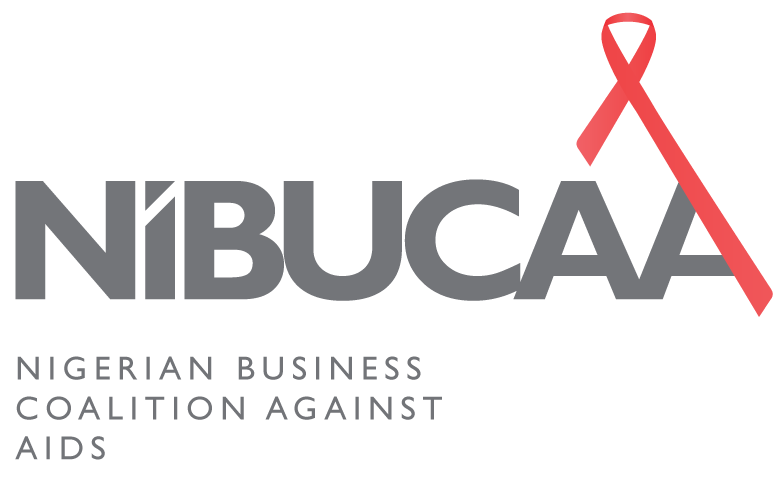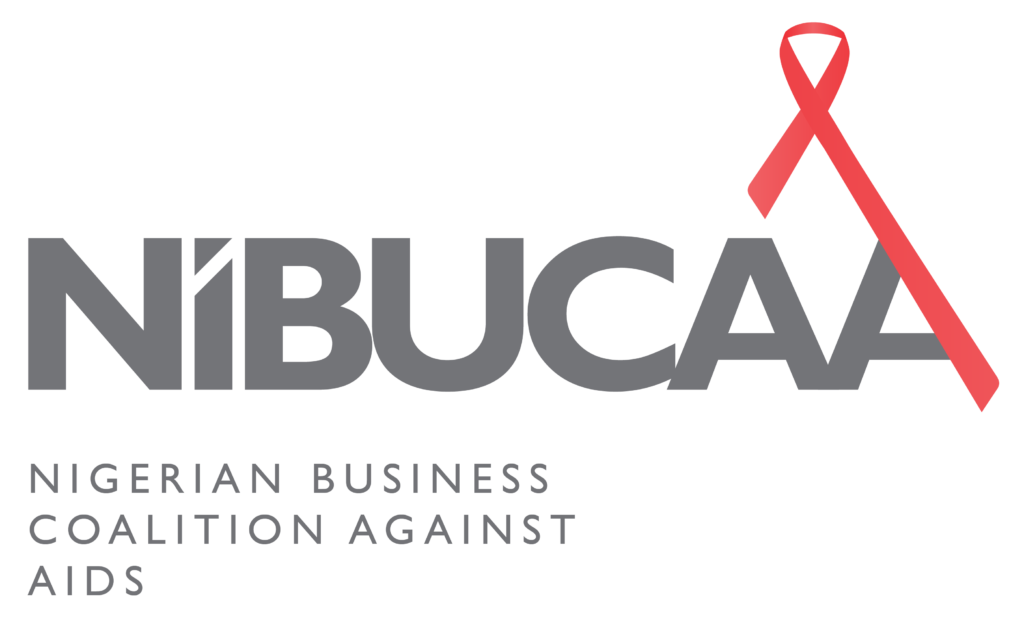United Nations General Assembly High-Level Meeting on HIV/AIDS 2021
United Nations General Assembly High-Level Meeting on HIV/AIDS 2021

The United Nations convened its 76th General Assembly and its fifth high-level meeting on HIV and AIDS between the 8th to 10th of June since the last meeting held in 2016. In attendance were 193 member states, with speakers including 14 presidents, five vice-presidents and four prime ministers. The civil societies, non-governmental organizations people living with, at risk of and affected by HIV and various stakeholders were represented at the meeting to discuss effective implementation of the new political declaration entitled ‘Political Declaration on HIV and AIDS: Ending Inequalities and Getting on Track to End AIDS by 2030’. The declaration ensued (suggests) that if concerted efforts are made towards achieving the 95-95-95 targets there will be a preventive number of 3.6 million new HIV infections and 1.7 AIDS-related deaths by the year 2030.
The first meeting in 2001 was the fundamental for a collective response to HIV and AIDS, the momentum was sustained through the 2006, 2011 and 2015 high-level meetings with new targets to battle the HIV epidemic. The goal is to have zero new infections and AIDS-related death in 2030. It is believed that the global progress since the 2016 UN General Assembly High-Level Meeting has been too slow, and the virus has increased in various countries and communities. The year 2019 had a staggering 1.7 million new HIV infections, which are more than three times higher than the 2020 target of less than 500,000 new infections. Even the AIDS-related deaths of 690,000 in 2019 supersede the target of lessening deaths to fewer than 500,000 a year. The fifth high-level session on AIDS; The meeting covered multistakeholder conversations, thematic panel sessions and 30 supporting events.
The panel discourse focused on Addressing Inequalities to End AIDS: 10 Years to 2030, Putting People and Communities at the Centre of the Response to AIDS, Resources and Funding for an Effective AIDS Response and Advancing Gender Equality and Empowering Women and Girls in the AIDS Response. The General Assembly Adopted the political declaration entitled “Political Declaration on HIV and AIDS: Ending Inequalities and Getting on Track to End AIDS by 2030”, The new political declaration will serve as the roadmap to advance the response to HIV/AIDS within the next five years. The declaration mentioned on the under-preparedness of countries to address pandemic threats. It also noted with concern that most countries are still lagging in expanding harm reduction programmes, antiretroviral therapy and other relevant interventions that prevent the transmission of HIV, viral hepatitis, and other blood-borne diseases in accordance with national legislation.
Resolutions were presented to the world leaders to build resilience against future pandemics, leveraging lessons from the HIV response to strengthen health systems. Leaders were encouraged to build solidarity and increase international and local engagement to accelerate collective actions against HIV/AIDS through comprehensive prevention, treatment, care, and support, increase investments in research, development, science, and innovations to build a healthier world for all, and leveraging decade the decade of action and delivery for sustainable development and ensure that no one is left behind. These will be instrumental to achieving the 2025 targets of comprehensive HIV services to 95% of the people who need them, the reduction of annual HIV infections from 1.5 million to fewer than 370 000 and AIDS-related deaths from 690 000 to fewer than 250 000.




